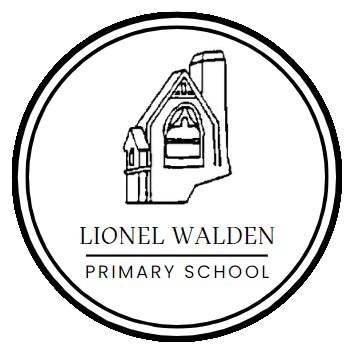Our School Development Plan (SDP) is essential for driving improvement, maintaining focus, and ensuring accountability within a school. Here are the key reasons why our SDP is important:
1. Strategic Vision and Direction
- The SDP provides a clear framework for the school’s long-term vision and goals.
- It helps align the efforts of staff, children, and stakeholders toward shared priorities.
2. Improvement and Progress
- By identifying key areas for improvement (e.g., teaching quality, student outcomes, inclusion), the SDP ensures targeted efforts to enhance overall performance.
- It enables the school to monitor progress systematically and adjust strategies where necessary.
3. Accountability and Transparency
- The SDP outlines measurable objectives and timelines, holding staff and leaders accountable for their roles in achieving school priorities.
- It communicates the school’s aims and progress to governors, parents, and other stakeholders.
4. Efficient Resource Allocation
- It helps prioritise funding, staff training, and other resources to areas with the greatest impact on student learning and well-being.
- This ensures efficient and effective use of limited resources.
5. Engagement and Collaboration
- An SDP encourages input from staff, students, parents, and governors, fostering a culture of collaboration and shared responsibility.
- It promotes a sense of ownership and commitment to school improvement efforts.
6. Compliance with Standards
- It helps schools meet the expectations of external accountability bodies, such as Ofsted or other local education authorities, by demonstrating a structured approach to planning and improvement.
7. Focus and Consistency
- The plan ensures that all initiatives and actions align with the school’s goals, reducing the risk of fragmentation or distractions.
- It promotes consistency in practices across the school.
Our goals for the academic year 2025-26 include:
Curriculum and Teaching
In Reading, we recognise that fluency is the gateway to the entire curriculum. While our pupils are making progress, we want to embed fluency consistently across all classes. We will do this by establishing a school-wide framework so that every child develops the confidence, expression, and comprehension they need to become good readers. In Mathematics, we want to create more opportunities for pupils to develop their reasoning and problem skills. This is key to unlocking higher levels of attainment. By embedding reasoning-rich tasks in our lessons, we will raise expectations and equip pupils with the critical thinking and problem-solving skills they need for the future.
Achievement and Inclusion
Our central goal here is to raise attainment and close gaps, with a particular focus on our disadvantaged and vulnerable pupils. We aim to achieve this through targeted support, focused interventions and robust progress tracking. This includes using pupil progress meetings to swiftly identify and address any underachievement. Our work on inclusion is about ensuring every single child can access the curriculum and succeed, regardless of any barriers they may face. We will be focusing on the early identification of pupils' needs and strengthening our use of adaptive teaching strategies to ensure everyone is supported. We will also be strengthening our partnerships with families through workshops and regular progress updates.
Behaviour and Attendance
Creating a positive, safe and supportive learning environment is fundamental to success. We know that pupils who miss lessons can fall behind, and this disproportionately affects our disadvantaged pupils. We will be taking a proactive and supportive approach to remove barriers, tracking attendance weekly and developing action plans for vulnerable groups to embed our expectation that good attendance is part of being “Ready to Learn”. We are refining our therapeutic approach to behaviour by introducing an explicit behaviour curriculum. This means we will actively teach pupils why our values of “Ready, Respectful, Safe” matter, equipping them with the social and emotional skills to thrive.
Personal Development and Wellbeing
We are enhancing pupils' Personal Development and Wellbeing, with an initial focus on playtime. We’ve identified that lunchtime play is sometimes a source of conflict partly due to limited activities. To address this, we will be providing a wider range of equipment, and training pupil lunchtime leaders. This will not only go some way to reduce negative incidents but also actively promote leadership, resilience and teamwork.
Leadership and Governance
Strong leadership and strategic oversight from you, our governors, is absolutely essential to drive these improvements. Monitoring visits will be linked directly to these SDP priorities. Governor link roles for each priority area will deepen engagement and oversight. By working together to rigorously monitor our progress, review policies and align staff development with these goals, we will build our capacity for sustained improvement and secure the best possible outcomes for our pupils
EYFS
Outdoor learning supports children’s wellbeing, resilience, and engagement, particularly in Early Years. Our current provision is limited and requires strategic leadership to develop a sustainable Forest Schools programme. This project aligns with our school priorities, including wellbeing, behaviour, and curriculum enrichment.
